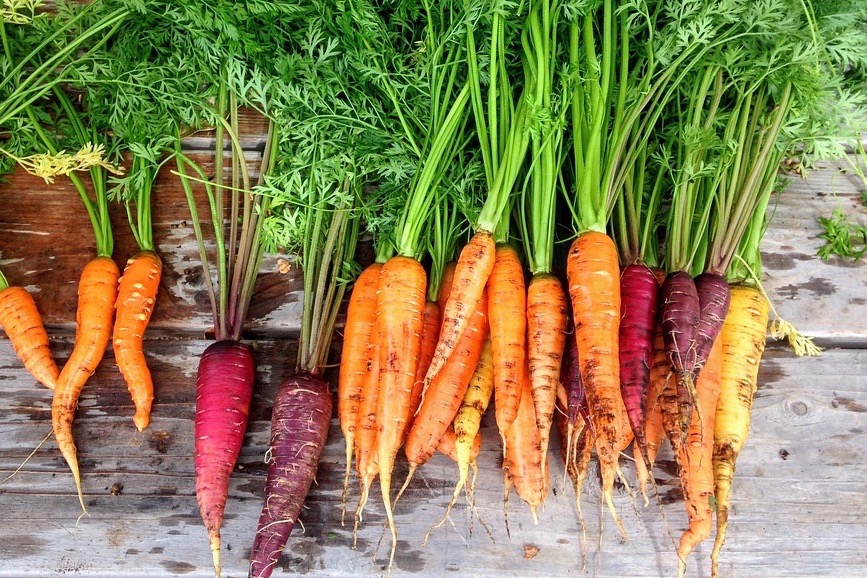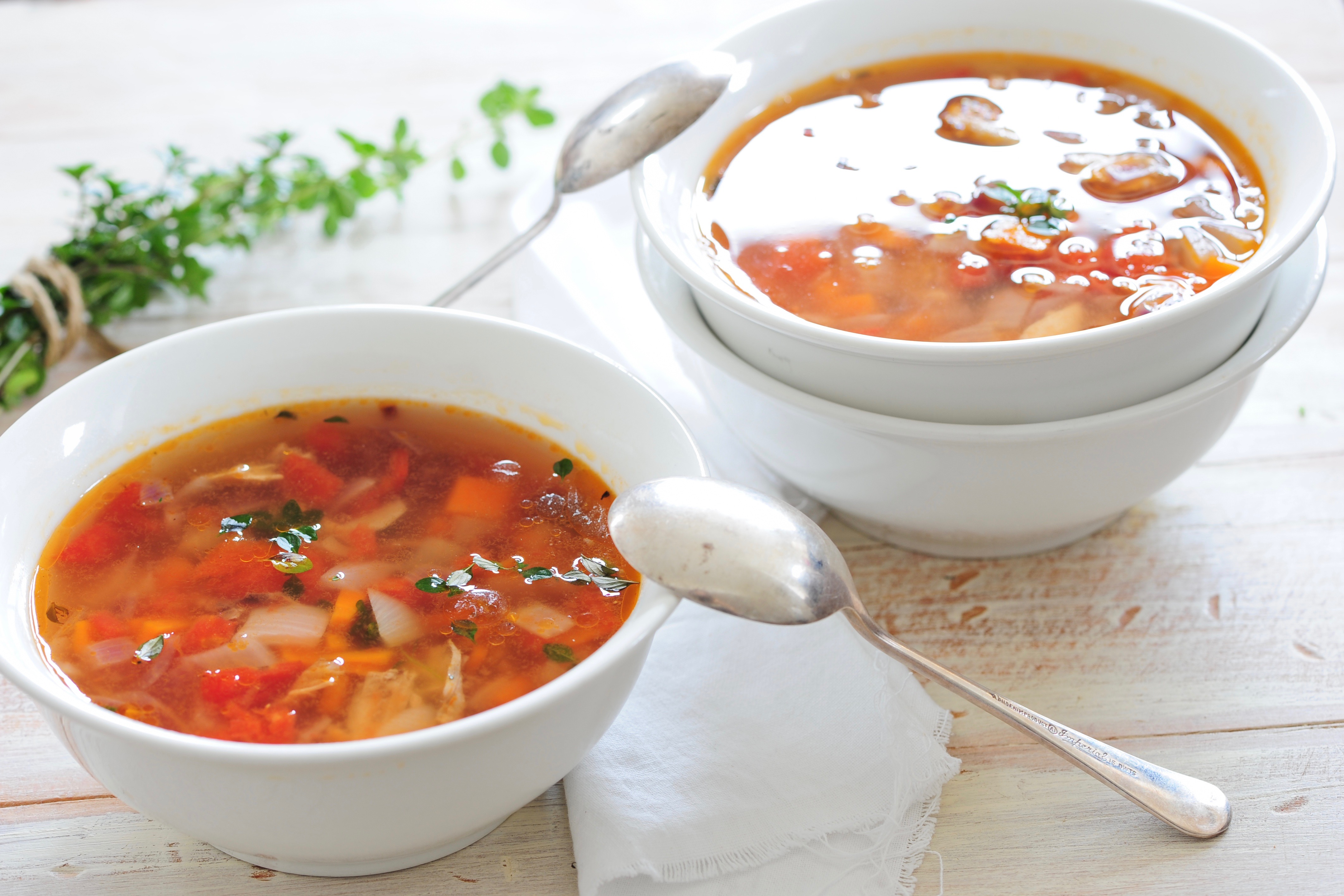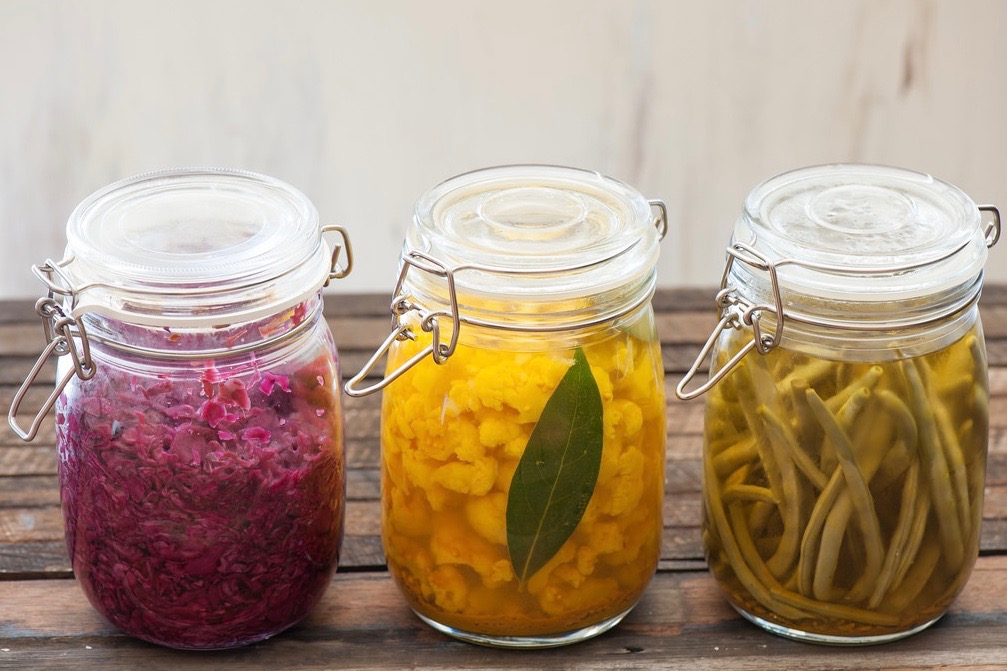Ever stopped to think about how much food we throw away each week? It happens to us all. That bag of lettuce, or those zucchini forgotten to rot in the far back of the fridge, behind all those other (more exciting) groceries? Our bad habits have a huge cost on our economy, our environment and – if we broaden our view slightly – on that huge part of the world’s population forced to consider access to food as a luxury.
In the US an estimated 40% of food production is thrown away. This happens at a retail level as well as in our homes. Worldwide, 1.3 billion tons of food get lost or wasted every year. This is four times the amount of food needed to feed the 795 million undernourished people on the planet. Growing, processing, transporting and disposing of this uneaten food has an annual estimated cost of $218 billion in the US alone. And we’re not taking into consideration the waste of natural resources caused by such an irresponsible process.

So here are a few easy tips to follow. Because you can make a difference, even in your own household!
1. Keep your fridge tidy and clean
It you can’t see it you most probably won’t eat it. Try and keep everything organized so that the older foods are in front. Bear in mind our fridges have slight temperature variations from shelf to shel: the top one is colder than the one at the bottom. So a good idea is to keep dairy at the far top, leftovers on the next level with cured meats, sweets and eggs, then fresh meat and seafood, and at the far bottom all the fruits and veggies. This makes it easier to find what your looking for, as well as providing every ingredient with its best desired temperature.
2. Don’t overbuy
We are continuously enticed to buy more, everyday, wherever we are. But do we really need all this food, and most importantly, will we have the time to eat it before it expires and rots? Shop more often and buy less!

3. Get creative
There is always something you can cook up with the ingredients left sitting around. Think out of the box, experiment with new recipes, get creative. It is not always necessary to cook out of a book or a youtube video, some of the best flavors and recipes come about by chance.
4. Use everything
We are just used to eliminating some of the best parts of vegetables and meats! Leaves of cabbage and broccoli are delicious cocked with pasta for example, while leaves of beets and tips of carrots make for a fantastic salad. A great trick is to keep all vegetable ‘tips’ and cook them all into a soup at the end of the week! When it comes to meat and fish a great idea is to try new cuts, especially less noble ones: believe it or not, a whole animal was slaughtered to give you that rib eye or that filet. Eating offal for instance is a great environmental statement, though not for all palates. We don’t need to go that extreme, there are plenty of options in a whole animal, and these secondary cuts cost less too!
5. Start a compost heap
If you have a garden, start a compost heap! It is a really amazing way to dispose of your food scraps and you will be surprised of the quality of soil you’ll get out of it.
6. Learn how to preserve
Until recent times (before the invention of the fridge) preserving our food was vital in order to store enough for long periods. Smoking, drying, fermenting and canning are some of the best solutions. Let’s say the season is right and peaches are plentiful and cheap. Buy a large quantity and make jam. Same goes for tomato sauce, cabbage to make sauerkraut or cucumbers for pickles! It all sounds very complicated but once you get into the rhythm of it, it will change your lives: they turn into fantastic family rituals and habits, surprising you with incredible flavors.

But the most important tip is: don’t be intimidated!! We can’t do it all, but it is great to be conscious and strive to become more ethical consumers.